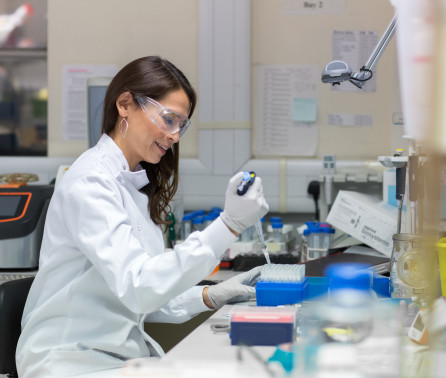BibTex format
@article{Rawson:2020:cid/ciaa530,
author = {Rawson, TM and Moore, L and Zhu, N and Ranganathan, N and Skolimowska, K and Gilchrist, M and Satta, G and Cooke, G and Holmes, A},
doi = {cid/ciaa530},
journal = {Clinical Infectious Diseases},
pages = {2459--2468},
title = {Bacterial and fungal co-infection in individuals with coronavirus: A rapid review to support COVID-19 antimicrobial prescribing},
url = {http://dx.doi.org/10.1093/cid/ciaa530},
volume = {71},
year = {2020}
}
RIS format (EndNote, RefMan)
TY - JOUR
AB - BackgroundTo explore and describe the current literature surrounding bacterial/fungal co-infection in patients with coronavirus infection.MethodsMEDLINE, EMBASE, and Web of Science were searched using broad based search criteria relating to coronavirus and bacterial co-infection. Articles presenting clinical data for patients with coronavirus infection (defined as SARS-1, MERS, SARS-COV-2, and other coronavirus) and bacterial/fungal co-infection reported in English, Mandarin, or Italian were included. Data describing bacterial/fungal co-infections, treatments, and outcomes were extracted. Secondary analysis of studies reporting antimicrobial prescribing in SARS-COV-2 even in the absence of co-infection was performed.Results1007 abstracts were identified. Eighteen full texts reported bacterial/fungal co-infection were included. Most studies did not identify or report bacterial/fungal coinfection (85/140;61%). 9/18 (50%) studies reported on COVID-19, 5/18 (28%) SARS-1, 1/18 (6%) MERS, and 3/18 (17%) other coronavirus.For COVID-19, 62/806 (8%) patients were reported as experiencing bacterial/fungal co-infection during hospital admission. Secondary analysis demonstrated wide use of broad-spectrum antibacterials, despite a paucity of evidence for bacterial coinfection. On secondary analysis, 1450/2010 (72%) of patients reported received antimicrobial therapy. No antimicrobial stewardship interventions were described.For non-COVID-19 cases bacterial/fungal co-infection was reported in 89/815 (11%) of patients. Broad-spectrum antibiotic use was reported.ConclusionsDespite frequent prescription of broad-spectrum empirical antimicrobials in patients with coronavirus associated respiratory infections, there is a paucity of data to support the association with respiratory bacterial/fungal co-infection. Generation of prospective evidence to support development of antimicrobial policy and appropriate stewardship interventions specific for the COVID-19 pandemic are urgently requi
AU - Rawson,TM
AU - Moore,L
AU - Zhu,N
AU - Ranganathan,N
AU - Skolimowska,K
AU - Gilchrist,M
AU - Satta,G
AU - Cooke,G
AU - Holmes,A
DO - cid/ciaa530
EP - 2468
PY - 2020///
SN - 1058-4838
SP - 2459
TI - Bacterial and fungal co-infection in individuals with coronavirus: A rapid review to support COVID-19 antimicrobial prescribing
T2 - Clinical Infectious Diseases
UR - http://dx.doi.org/10.1093/cid/ciaa530
UR - https://academic.oup.com/cid/advance-article/doi/10.1093/cid/ciaa530/5828058
UR - http://hdl.handle.net/10044/1/78679
VL - 71
ER -
